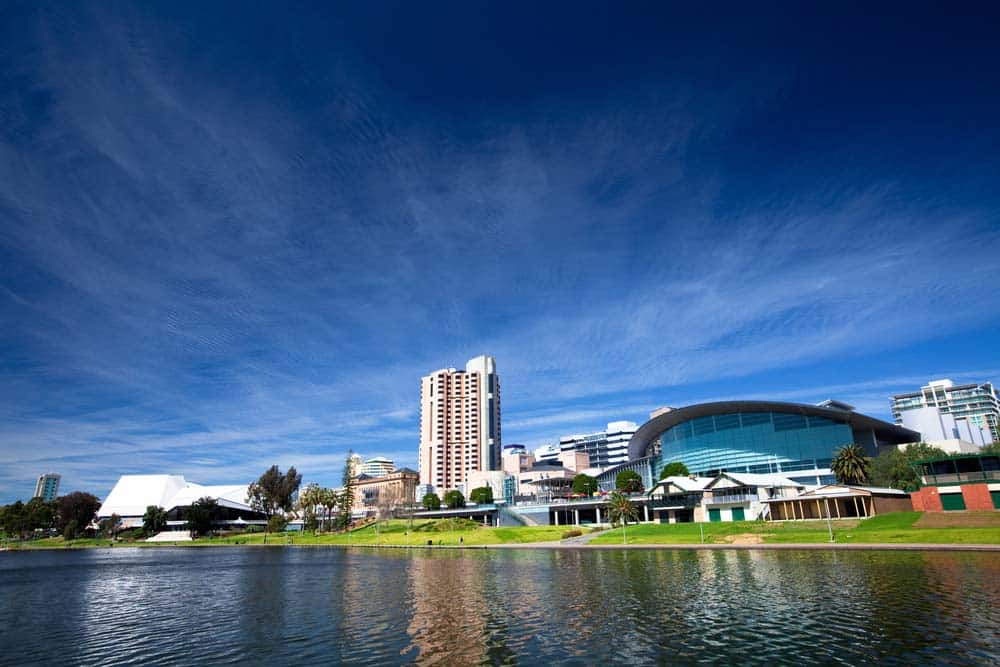Always a rivalled contender for other states, South Australia is continuing its embracement of renewable energy as it remains as a leader of wind and solar in 2020. It’s expected that by 2024, SA’s renewables could contribute up to 87 per cent of its overall electricity generation.
If this is achieved, it will put the state in a prime position towards reaching the government-backed goal of establishing net 100 per cent renewables by 2030. Additionally, this achievement will create a significant impact on the Australian Energy Market Operator’s (AEMO) plans for how SA’s energy combination could provide positive change over the next decade.

One step backwards, ten steps forward
However, it’s expected that 2020 will see a decrease in renewable energy adoption, especially after 2019 saw peak results. This comes as a result of COVID-19. The good news is that South Australia already derives a large amount (50 per cent) of its electricity generation from solar and wind already, putting it ahead of all other states.
Despite the slow-down, AEMO expects 57 per cent of SA’s generation this financial year – as well as the addition of the new Lincoln Gap battery/wind farm – will establish much-needed progress.
Known as the ‘step scenario’ by the AEMO, this prediction envisions both authentic efforts and tangible investments towards the reduction of emissions, alongside the link to NSW, known as Energy Connect. The aim here is to offset gas-fired power generation in the state, and increase uptake on renewables overall.
The plan also includes the positive impacts of virtual power plants (VPPs) that are seeing rollouts across the state right now. These developments fall under the Home Battery Scheme, and various other agreements put forward by the state government. By 2028 or 2029, AEMO expects VPPs could “account for more than eight times the output of big batteries”.
The impacts of COVID-19 for renewable energy
It’s still not 100 per cent known what the effects of economic downturn and the pandemic will bring the industry. While there has been a decrease in a number of areas, Australians are still taking advantage of solar systems to offset rising household costs, as they shift to working from home lifestyles.
The challenge for the industry still remains in the decrease and complete half of production for manufacturing in some areas of the sector. This is largely due by parts required from Chinese companies for power plants in a number of countries – including Australia. A majority of operators are now delaying projects across the globe.
What we can look forward to is Australia’s positive position of continuing clean energy efforts, especially as the economy looks to recover with the help of government-introduced stimulus packages and rebates.
If you’re not sure if you’re eligible for financial assistance for a solar power system, we recommend getting in touch with our experts to find out more about your position. Call now on 1800 EMATTERS.
RELATED: NSW Government backs solar battery storage to aid COVID-19 recovery











































